The Role of a Nurse Midwife: Podcast Episode #227
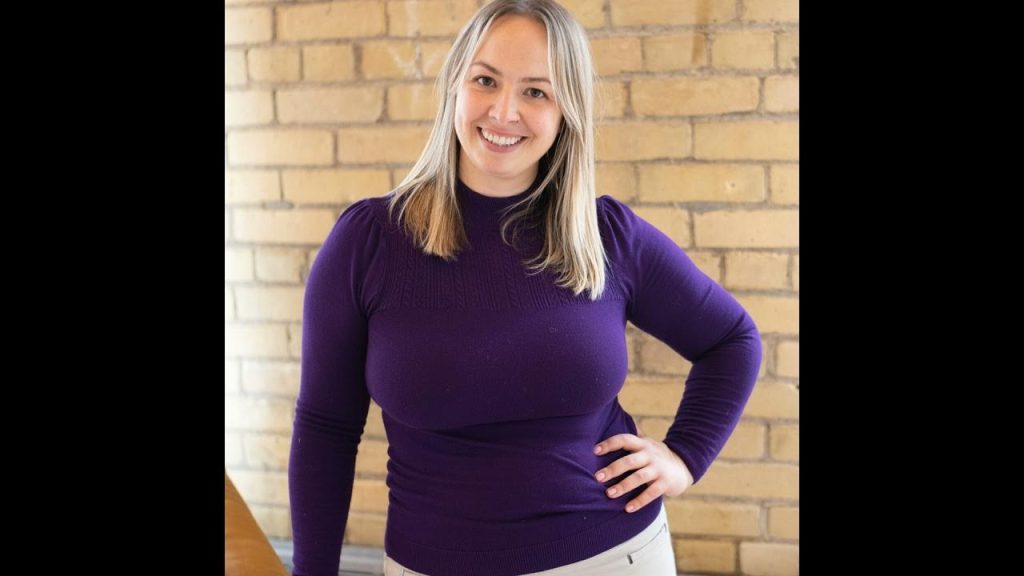
Kristin Revere and Kristin Mallon discuss how certified nurse-midwives support women in all stages of life. They also chat about how Kristin Mallon transitioned to supporting menopause and feminine longevity when she co-created FemGevity. Hello, hello! This is Kristin Revere with Ask the Doulas, and I am so excited to chat with Kristin Mallon […]
Webster Certified Chiropractic Care: Podcast Episode #226

Kristin Revere and Dr. Annie Bishop discuss how Webster Certified Chiropractic Care can be beneficial during pregnancy. They also discuss other options for prenatal and postnatal support. Hello, hello! This is Kristin Revere with Ask the Doulas, and I am excited to chat with my friend Dr. Annie Bishop of Rise Chiropractic Wellness. Welcome, Dr. […]
Breastfeeding and Pumping Tips from Daniela of SOLMA Tea: Podcast Episode #225

Kristin Revere and Daniela Procopio discuss how her breastfeeding journey led her to create SOLMA Tea. She also shares tips for support and balance as both a mother and an entrepreneur. Hello, hello! This is Kristin Revere with Ask the Doulas, and I am here to chat with Daniela Procopio. Daniela is the founder […]
Did you forget something?
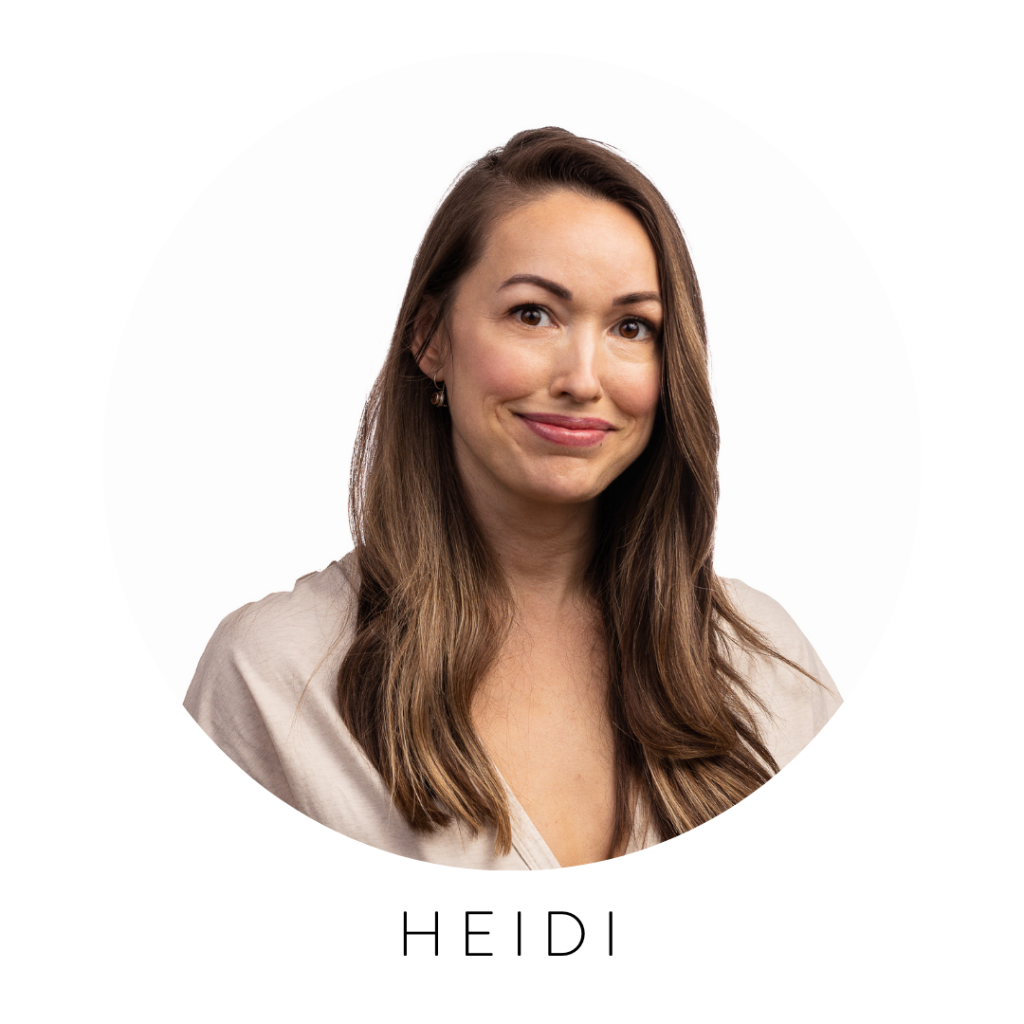
Gold Coast Doulas asked Heidi McDowell to guest blog on the topic of preparing your body for childbirth. Heidi is a yoga teacher at Mind, Body, Baby, a doula, a wife, and most importantly, a mama. Her goal is to create a community space for you that feels safe, supportive, and empowering. She holds certifications […]
Preparing for the New Parenting Role: Podcast Episode #224
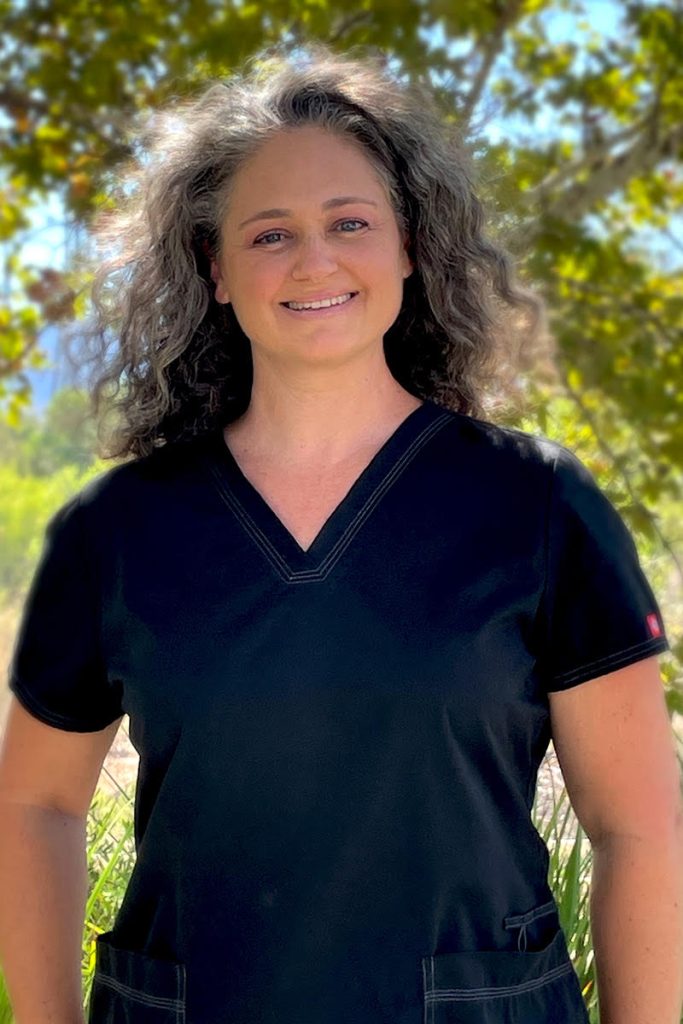
Kristin and Danika discuss ways parents can prep for baby during pregnancy. They also touch on the role of social media in parenting. Hello, hello! This is Kristin with Ask the Doulas, and I am so excited to chat with Danika Sanchez today. She is the president and owner of Baby Steps Concierge Nursing. Welcome, […]
Exploring the Rising Need for Doulas: Podcast Episode #223
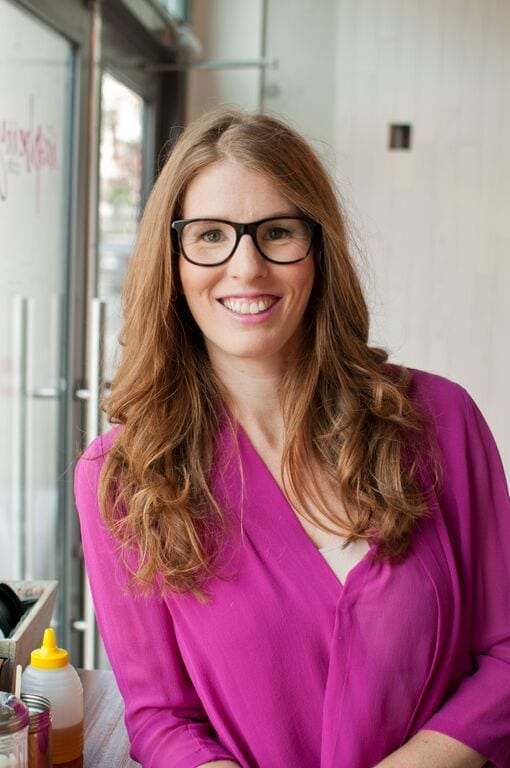
Kristin Revere chats with Bianca Sprague of Bebo Mia about the rising need for doulas and how their care transforms family experiences. Hello, hello! This is Kristin Revere with Ask the Doulas, and I am so excited to chat with Bianca Sprague today. Bianca is a passionate educator and advocate in the doula community, focusing […]
2023 Reflections
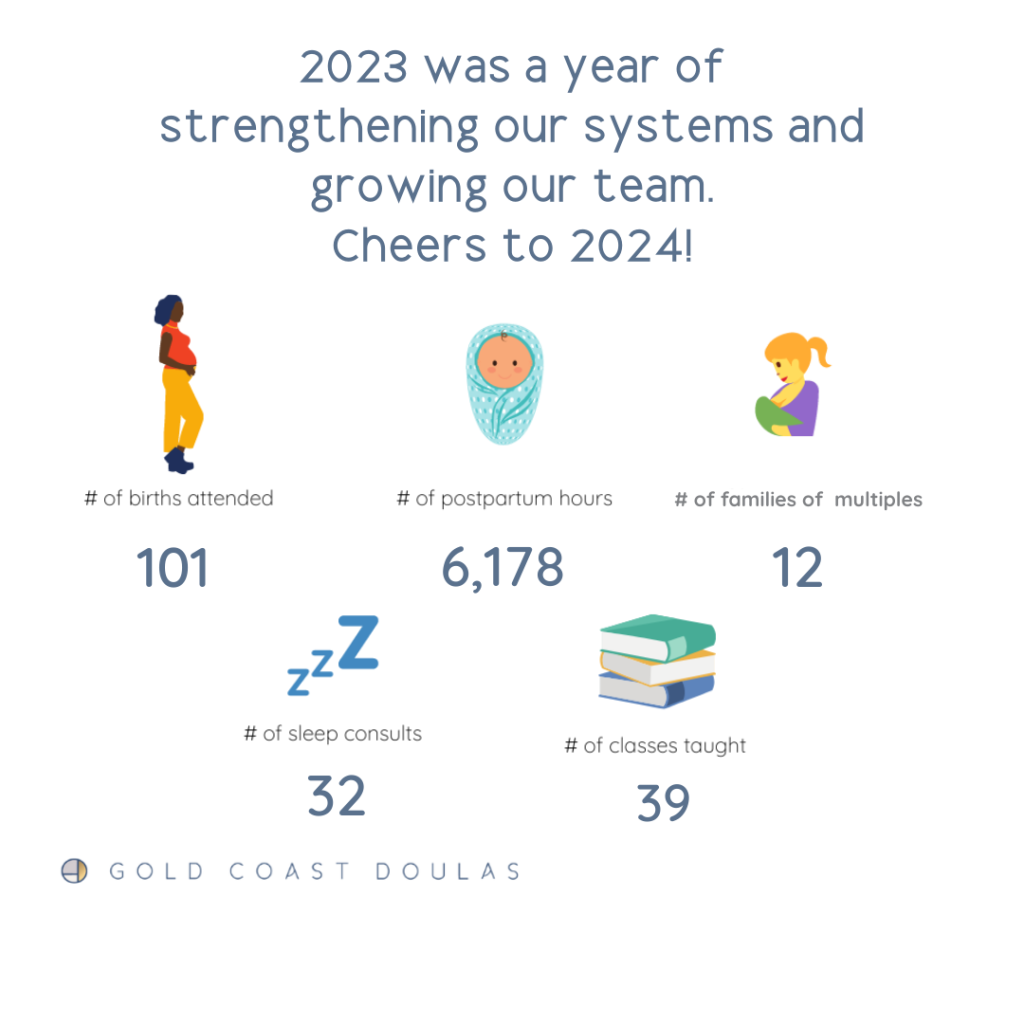
Our word of the year for 2023 was STRENGTHENED! We strengthened our relationships with the community, our clients, and our team of subcontracted doulas and educators. We focused on creating strong systems to better serve families in the community. Here are the Gold Coast stats for 2023: Number of group and private classes taught: 39 […]
